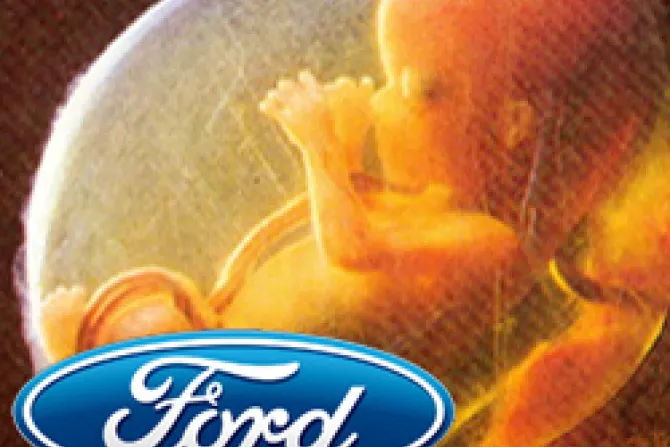Detroit, Mich., Dec 1, 2009 / 00:05 am
Responding to an increasing number of women who continue to drive late in their pregnancies, car manufacturers are researching safety devices to help protect expecting mothers. The research includes a crash test dummy of a pregnant woman named MAMA 2B.
Researcher Stefan Duma of Virginia Tech told USA Today that although states are not required to report fetal deaths in accident data, between 300 and 1,000 unborn babies die in car accidents each year. This accident fatality rate is about four times the rate for victims between infancy and four years old.
Ford Motor is funding the research on fetal accident deaths at Virginia Tech and Wake Forest.
Duma reported that the research’s new mathematical models measuring crash forces’ effect on pregnant women and unborn babies are a step in the process. He said the automobile industry is 15 years away from new technology that will help protect the unborn.
The models simulate what happens to the placenta, the baby’s skeleton and the baby’s brain in a crash.
A crash test dummy of a pregnant woman, called MAMA 2B, has a uterine area filled with fluid, USA Today says. The pressure on the fluid is measured in the tests.
The biggest danger in a crash is placental abruption, in which the placenta tears from the uterine wall. This causes bleeding in the mother, with the danger of hemorrhage, and also cuts off the blood supply to the baby.
Steve Rouhana, the senior technical leader for safety in Ford’s passive safety research and advanced engineering department, told USA Today that many pregnant women are scared to use seatbelts until late in their pregnancies. This can lead to even greater injury.
Safety experts say that a pregnant woman should wear the lap part of a seat belt low over her pelvis, not over her soft belly. If driving, she should also sit as far from the steering wheel as possible.


